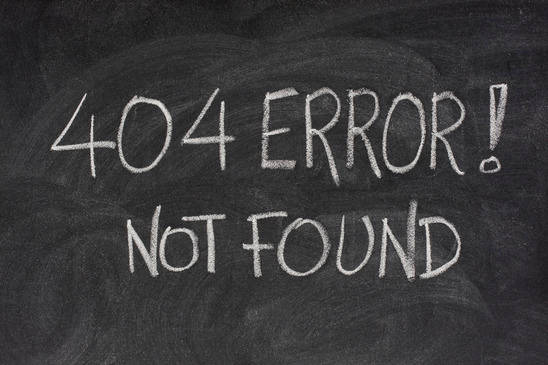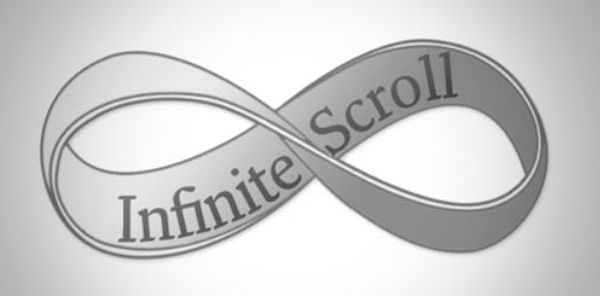All of us have seen the 404 error at some point. There are some other HTML error pages you want to know about? Did you ever think about what happens in the background when you see any of these HTML error pages on your screen?
Those codes are used to convey important information to the user and it is better if we know them.
Different Status Codes
Every error page displayed on the web is an HTTP status code sent by the web server. These status codes come in a format of 3 digit numbers. The first digit in the number marks the class of status code:
- 1XX status codes have informational purposes
- 2XX indicates success
- 3XX is for redirection
None of these three classes result in an HTML error page as in this cases the client knows what to do and goes on with the task without hesitation. What we usually see are the 4XX and 5XX kind:
- 4XX represent client-side errors
- 5XXs indicate problems on the server side
HTML error pages are displayed in these cases because the client has no idea about what how to move on. Let’s see what happens in the background when something goes south and what you can do about it.
1. 400 – Bad Request
Whenever the client sends a request the server is unable to understand, the 400 Bad Request error page shows up. It usually happens when the data sent by the browser doesn’t respect the rules of the HTTP protocol, so the web server is clueless about how to process a request containing a malformed syntax.
2. 401 – Authorization Required
When there’s a password-protected web page behind the client’s request, the server responds with a 401 Authorization Required code. 401 doesn’t return a classical error message at once, but a popup that asks the user to provide a login-password combination.
3. 403 – Forbidden
You can encounter the 403 Forbidden error page when the server understands the client’s request clearly, but for some reasons refuses to fulfil it. This is neither a malformation nor an authorization problem. By returning the 403 status code the server basically rejects the client with a big loud “No” without any explanation.
4. 404 – Not Found
404 is the most well-known HTTP status code out there, and you have surely read many great posts about how to customize 404 pages. The browser returns a 404 HTML page when the server doesn’t find anything on the requested location.




